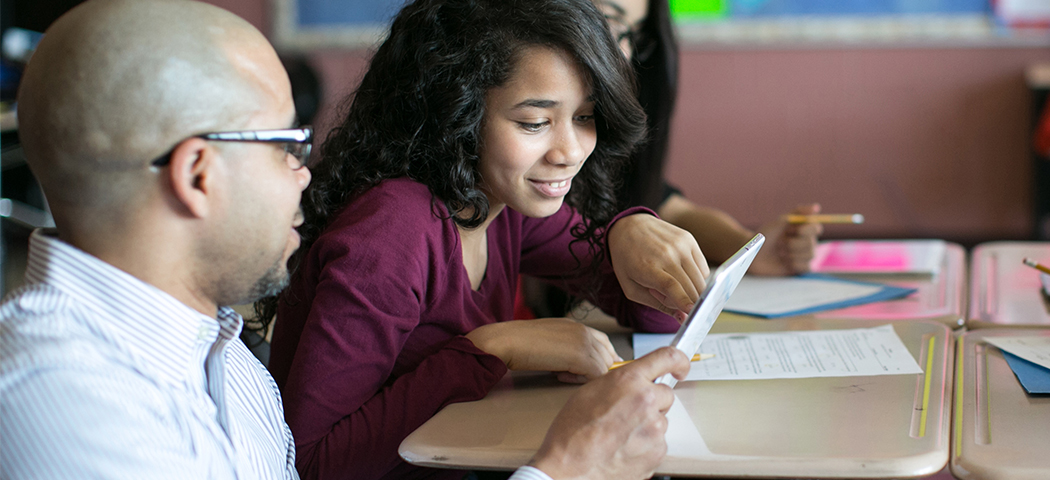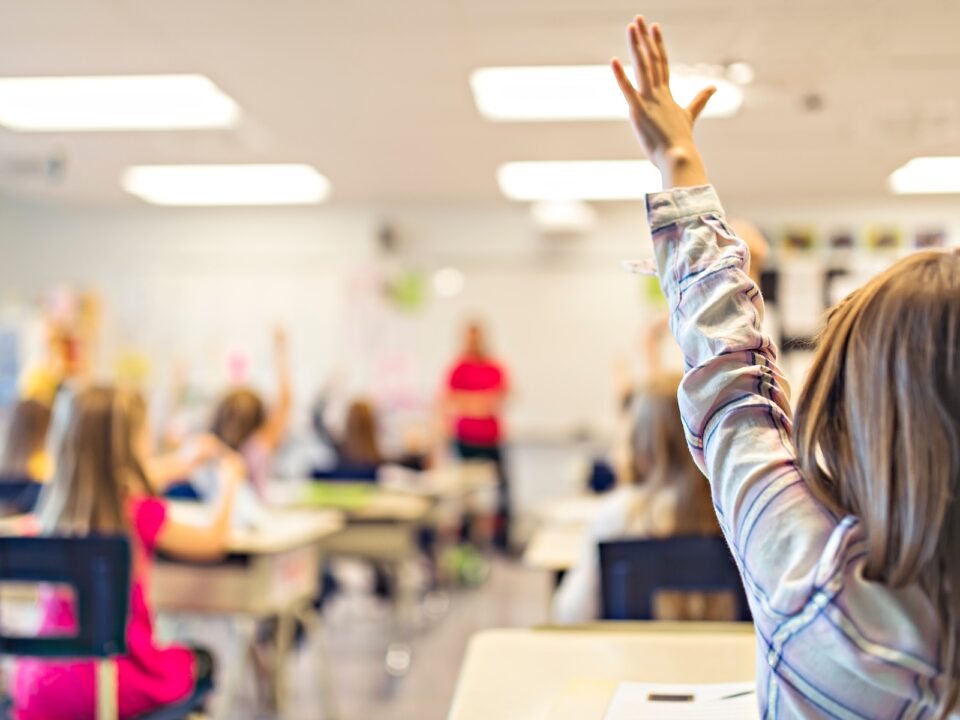- Sales & Support
- +61 2 4225 9698
- [email protected]

What is student agency?
August 11, 2017
6 ways technology has helped me facilitate student growth
July 19, 2018What is personalised learning?

By: Renaissance US team
“Personalised learning refers to instruction in which the pace of learning and the instructional approach are optimised for the needs of each learner. Learning objectives, instructional approaches, and instructional content (and its sequencing) all may vary based on learner needs. In addition, learning activities are meaningful and relevant to learners, driven by their interests, and often self-initiated.”
(U.S. Department of Education, 2016)
For personalised learning to be successful, it needs to consist of three essential elements:
- Differentiation – changing the instructional approach
- Individualisation – changing the pace
- Student agency – choice, relevancy, and involvement
Personalisation vs. Individualisation vs. Differentiation
Personalisation, individualisation, and differentiation all overlap in the minds of many. Richard Culatta, an educational leader, extends upon this by stating that individualised learning is “learning experiences in which the pace of learning is adjusted to meet the needs of individual students, focusing on the ‘when’ of personalised learning” while differentiated learning is “learning experiences in which the approach or method of learning is adjusted to meet the needs of individual students, focusing on the ‘how’ of personalised learning,” (Culatta, 2016).
How is personalised learning currently approached in schools?
The American education system often takes a one-size-fits-all approach which some refer to as a factory model. Students move from one grade to the next, a teacher covers several topics and lessons, students are tested on what they’ve retained, and either move on to the next grade or repeat the course until they graduate. Ken Robinson refers to this in his TED talk and says, “much like the fast food industry, everything in education is standardised,” (Robinson, 2010). This model is efficient but doesn’t address individual needs, and can place students in a passive learning state. Personalised learning is an attempt to optimise learning for each student, giving them the best chance to do well, and shifting them into an active role in their education.
But I don’t have enough time to personalise learning for each one of my students. What can I do?
- View personalisation as an end, not a means unto an end.
If we view personalisation as the ultimate goal—the end—we can view other approaches as the means to achieve that end. Instead of focusing on personalisation, which is ultimately too complex and varied overall to study directly, we need to first look at the efficacy of the numerous approaches that might be used to personalise. - Acknowledge that personalisation doesn’t completely mean what it means.
Despite the root word and references to/requirements of individual plans, many lauded examples of personalisation also reference extensive group work on broad, multi-disciplinary projects and other cooperative activities. It is critical to understand that personalising education certainly does not mean that everything is personalised at every moment. - Acknowledge scale and view personalisation as a goal that will take years to achieve.
True personalisation requires a sizable shift on a number of levels. Personalisation is not merely a new pedagogical approach resulting in a slight or even moderate adaptation to daily practice; it is an attempt to fundamentally rework school as we know it. As a result, implementations will take years.
Why does personalised learning matter, anyway?
Ultimately, personalised learning is about changing from a historical factory model because the demands of the world have changed. When the factory model was introduced, the need was more high school graduates. Today’s highly connected global society demands even more and the assertion is that these demands can only be met through personalising learning to optimise their achievement.
Resources and further reading
Culatta, R. (2016) What Are You Talking About?! The Need for Common Language around Personalized Learning. Retrieved from: http://er.educause.edu/articles/2016/3/what-are-you-talking-about-the-need-for-common-language-around-personalized-learning
Kerns, Gene. (2016) How can we make sense of personalized learning? Renaissance. Retrieved from: https://www.renaissance.com/2016/11/23/how-can-we-make-sense-of-personalized-learning/
Robinson, Ken. (2010) Bring on the learning revolution! TED. Retrieved from: https://www.ted.com/talks/sir_ken_robinson_bring_on_the_revolution



